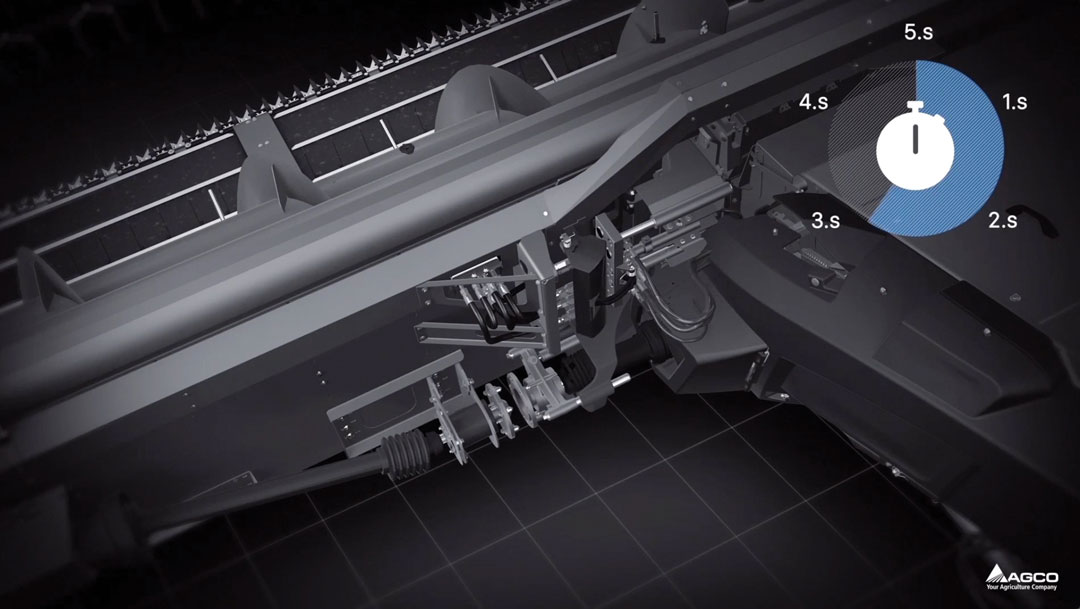TOWERS TUNE IN GREENHOUSE GASES
BY ZOLTAN VARADI • PHOTO COURTESY OF DUCKS UNLIMITED CANADA
Ducks Unlimited Canada (DUC) has deployed sensor-equipped towers (pictured above) to a pair of agricultural properties in Manitoba. The project’s lead scientist, Pascal Badiou refers to these advanced air monitoring tools as “Star Trek technology.”
Known as flux towers, the scaffold-like structures measure the greenhouse gases methane and carbon dioxide in air currents. Both towers are embedded in wetlands adjacent to agricultural land, one near conventional cropland, the
other near grassland with grazed perennial cover.
“We have lots of historical measurements of greenhouse gas emissions, but we don’t know whether those are true estimates of what’s happening in these systems,” said Badiou. The initiative will gather just such accurate data. To do so, DUC partnered with the Manitoba Forage & Grassland Association with funding from the Canadian Agriculture Partnership.
Previously, such measurements were made with equipment that isolated relatively small amounts of soil or water to measure the gases they produce. With the more sophisticated flux towers, Badiou and his team will gather richer, more accurate data. This is paired with wind velocity and direction readings. “When you combine all of that, you can look at the footprint of where these gases come from, whether they are migrating out of or into your system. So, you can get really good estimates of CO2 uptake and methane emissions.”
Accompanying software allows the researchers to measure “fluxes.” This is the rate at which CO2 is added to or removed from the atmosphere by open water or emergent vegetation.
Flux towers have previously been used in saltwater marshes and peatlands, but this is the first time they’ve been deployed in freshwater wetlands. The study stretches across the Prairies, though its methodology is slightly different in Saskatchewan and Alberta.
The study, which began in 2022 and wraps its initial stage in March 2024 has already yielded interesting results. Numbers from Manitoba suggest methane emissions are substantially lower than estimates for freshwater Prairie wetlands produced by the Intergovernmental Panel on Climate Change (IPCC). Badiou reckons this could be because the IPCC has relied on data produced by simpler methods in more southerly locations.
Solidity, salinity, sulfate and nutrient levels in these wetlands also appear to be important emissions drivers. As grasslands grazed by cattle are marked by high salinity and sulphate and low nutrient concentrations, wetlands embedded in these areas generally show low methane emissions. Conversely, cropland that contains lower sulphate and higher nutrient levels, tends to produce more methane.
“We could probably manage these systems better to minimize greenhouse gas emissions,” said Badiou. “But it’s likely the emissions from freshwater wetlands and the Canadian Prairies are probably lower than initially expected. That’s likely because roughly a third of these wetlands and lakes are essentially saline in nature. We know that really suppresses methane emissions from those systems.”
A planned expansion of the study will include two sites administered by the University of Lethbridge. Project data could ultimately benefit farmers who demonstrate they are avoiding conversion of grassland to cropland. “There are potentially carbon credits associated with that,” said Badiou. Similarly, he speculated farmers could potentially develop a “management protocol.” This would involve the creation of buffer zones around wetlands on their property.






Comments